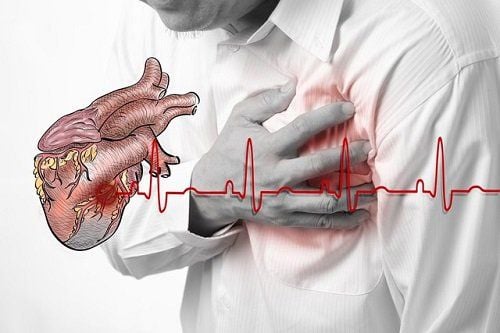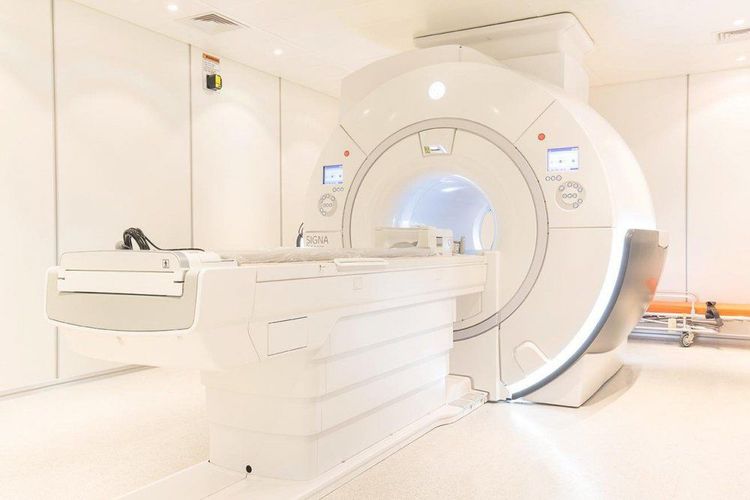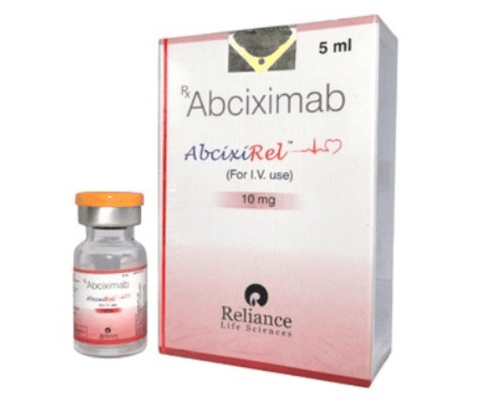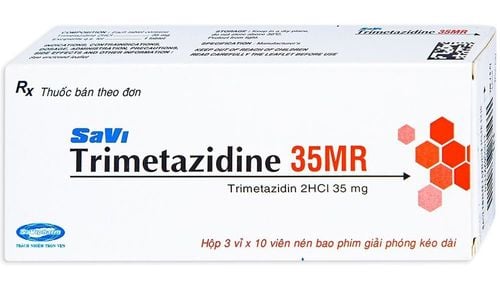This is an automatically translated article.
The article was professionally consulted by MSc Nguyen Van Phong - Internal Medicine and Cardiology Interventionist, Cardiovascular Center - Vinmec Times City International Hospital. The doctor has more than 15 years of experience in the field of cardiology.Patients with hypertension often present with chest pain in the absence of obstructive coronary artery disease, mainly due to coronary microvascular dysfunction. Coronary microstructural abnormalities that cause angina attacks include: decreased coronary capillary flow, endothelial dysfunction...
1. The relationship between microvascular angina and hypertension
Clinically typical episodes of angina, a positive response to exercise tests, and a clinically normal coronary artery are relatively common in hypertensive patients.Disorders of coronary microcirculation function and structure are often the cause of angina in hypertensive patients. Decreased capillary flow and left ventricular hypertrophy are common abnormalities in hypertension.
The higher prevalence of microvascular angina in women than in men and its association with menopausal status also suggest that estrogen deficiency may play a pathophysiological role in premenopausal and postmenopausal women. terrible.
Coronary imaging in patients with hypertension and episodes of microvascular angina often shows slow flow and tortuous coronary arteries, suggestive of small vessel obstruction.
The mechanism of angina in hypertensive patients without obstructive coronary artery disease is unknown. A number of functional pathophysiological abnormalities have been reported and are accepted, including: endothelial dysfunction, sympathetic hypertonicity, microvascular constriction, estrogen deficiency, psychosis, and increased sensitivity feel pain.
Furthermore, hypertensive patients are more likely to have metabolic syndromes, eg dyslipidemia, obesity, and a higher prevalence of insulin resistance than the general population. This is more common in postmenopausal women. Insulin resistance may be an important mechanism of vascular dysfunction in the setting of angina. In parallel, structural abnormalities are also important, including coronary microvascular remodeling as well as left ventricular myocardial hypertrophy and/or arteriolar fibrosis.

The presence of endothelial dysfunction in patients with hypertension and microvascular angina has been attributed to a decreased coronary flow response to acetylcholine and to inappropriate endothelial vasoconstrictor activity, primarily mediated by endothelin-1 production. Increased plasma endothelin-1 concentrations have been reported in patients with microvascular chest pain, termed heart syndrome X.
Both coronary and peripheral microvascular dysfunction have also been reported. demonstrated in hypertensive patients with chest pain.
Although impaired microvascular structure and function is often considered a consequence of high blood pressure, there is evidence that microvascular changes, i.e. decreased capillary flow and endothelial dysfunction, are May be a warning sign of high blood pressure. This can be seen by the detection of decreased capillary density in subjects with high threshold hypertension or those of hypertensive parents, as well as the presence of endothelial dysfunction in these subjects. this statue.
Microvascular angina and estrogen deficiency in hypertensive women have also demonstrated an association. In the subgroup of premenopausal and postmenopausal women with hypertension, ovarian dysfunction and consequent estrogen deficiency also play a role in the pathogenesis.
Estrogen deficiency negatively affects the cardiovascular system, which is a trigger factor for the development of cardiovascular diseases. Estrogen deficiency is associated with a loss of the hormone's direct protective effect on vessel walls and negative changes in coronary heart disease.
Estradiol 17β has calcium channel blocking properties, thereby acting as an endothelium-independent vasodilator. Therefore, estrogen depletion negatively affects both endothelial-dependent and non-endothelial-dependent vasodilatation, causing hypertension and impaired coronary flow.
However, it is of concern that estrogen deficiency has a negative effect on the occurrence of chest pain in women with heart syndrome X. Indeed, low estrogen levels impair production or release endorphins and enkephalins, leading to increased pain sensation. This mechanism has been confirmed by the fact that estrogen administration improves chest pain in this group of patients.

2. How to avoid / recognize early?
In general, microvascular angina is generally considered benign. However, some studies have shown that people with persistent chest pain have twice the rate of cardiovascular events, including myocardial infarction, stroke, congestive heart failure, and cardiovascular death, compared with people with persistent chest pain. those who don't. Therefore, knowing how to prevent and recognize microvascular angina is extremely important.The prevention of microvascular angina is a holistic approach to cardiovascular health. These include recommendations for lifestyle modifications (diet, exercise, body weight reduction, smoking cessation, behavioral and psychosocial problems) that may improve positivity. endothelial function and microvascular dysfunction. At the same time, for prevention, it is also necessary to stabilize blood pressure in people who have been diagnosed with hypertension or have a regular monitoring plan in at-risk subjects. In particular, reducing body weight in postmenopausal women with hypertension and microvascular angina is an important goal because of the positive effects of weight loss on both blood pressure and insulin resistance.
SEE ALSO: Hypertension and angina: The pathological spiral
On the other hand, prevention of microvascular angina also includes learning to recognize early risk factors and potential diseases. , in which the focus is on hypertensive pathology. In addition, other cardiovascular conditions need to be diagnosed and promptly corrected, such as overweight - obesity, metabolic syndrome, dyslipidemia, premenopausal disorders, myocardial ischemia, etc. Whenever a patient has unexplained left chest pain, accompanied by discomfort, sweating, nervousness, shortness of breath, it is necessary to consult a cardiologist soon. From there, the doctor will examine and recommend some necessary laboratory tests, early identify microvascular angina and treat it, before irreversible complications occur.
In summary, hypertension is often associated with episodes of microvascular angina. Several pathophysiological mechanisms have been identified and are suitable basis for treatment. However, it is still important to keep blood pressure stable, not only to limit microvascular dysfunction but also to minimize vascular events on other important target organs such as brain, kidney...

With the convergence of a team of experienced leading experts, with great reputation in the field of surgical treatment, internal medicine, interventional cardiac catheterization and the application of advanced techniques in diagnosis and treatment Cardiovascular diseases, together with a system of modern equipment, are on par with the most prestigious hospitals in the world such as: 3 Tesla MRI machine (Siemens), 640 CT machine (Toshiba), other equipment Advanced endoscopy equipment EVIS EXERA III (Olympus Japan), Avace advanced anesthesia system, Hybrid operating room according to international standards... Cardiovascular center at Vinmec International General Hospital has achieved many successes. work and gain the trust of a large number of patients. Moreover, at Vinmec, all instruments in the intervention procedure, consumables are used only once, not reused to ensure the safest for the patient.
Please dial HOTLINE for more information or register for an appointment HERE. Download MyVinmec app to make appointments faster and to manage your bookings easily.














